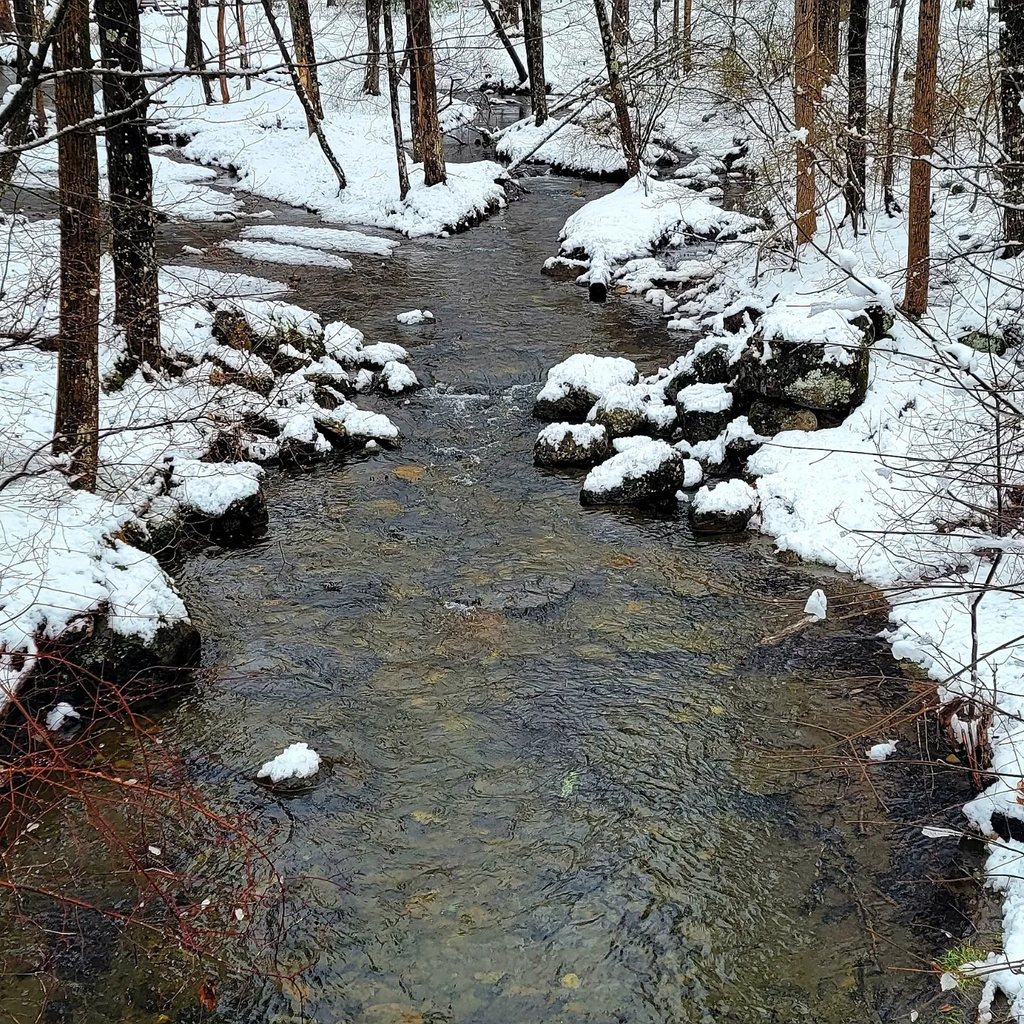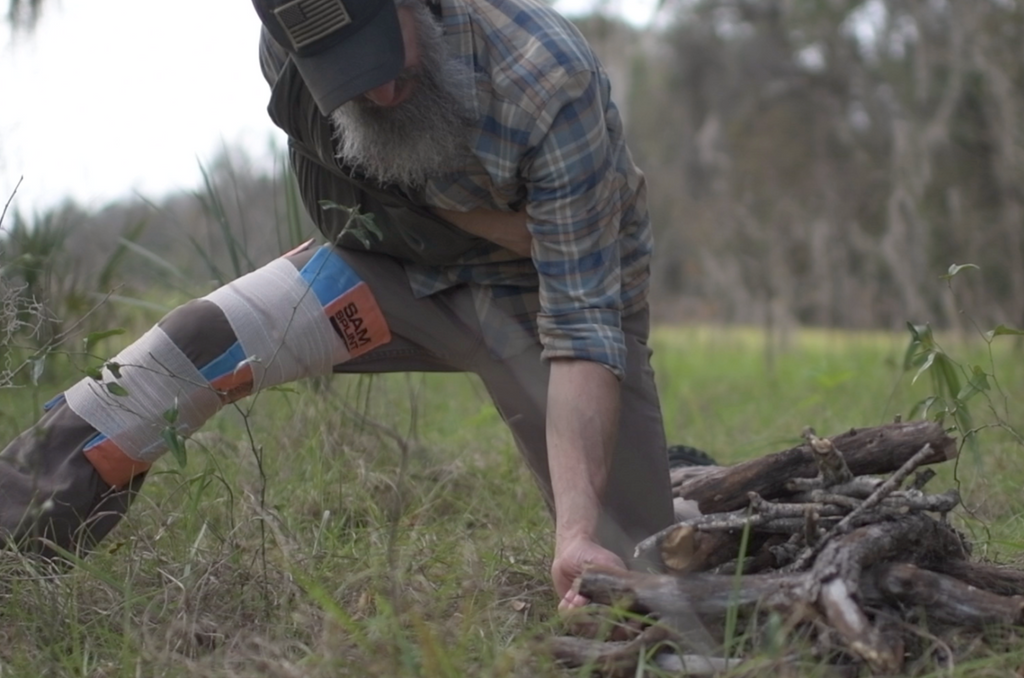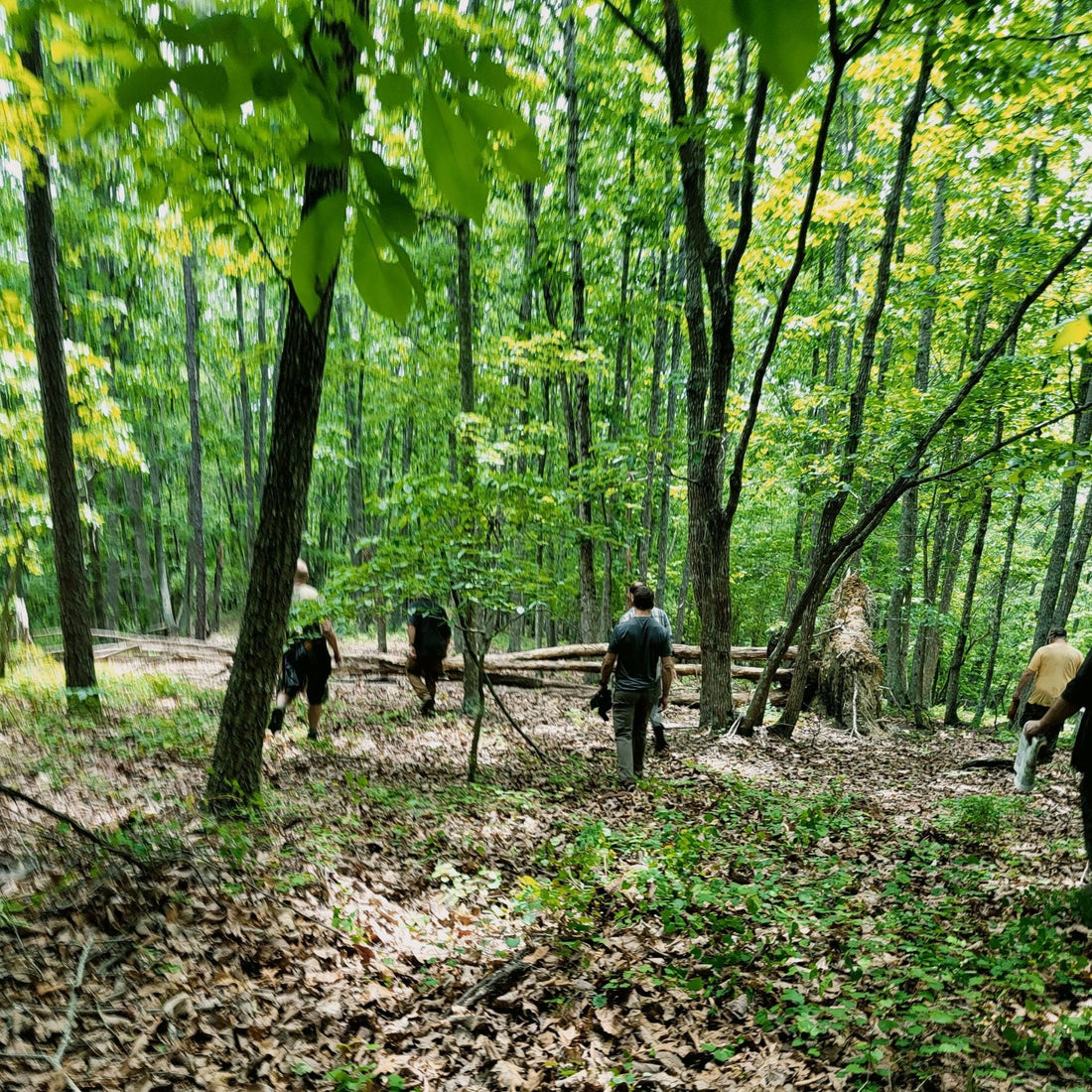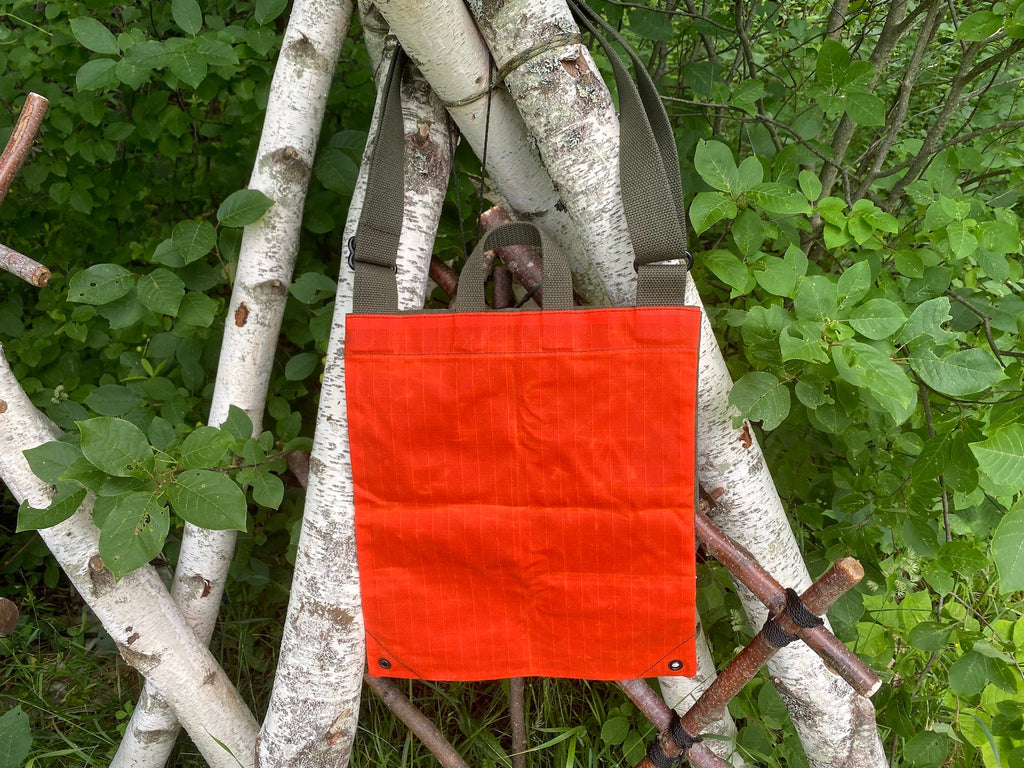Understanding the Survival Priorities
Once we know the biological needs that we are trying to meet, we can prioritize them so that we can focus on what is most important, usually what is going to kill us the quickest, first. These can be different from one environment to the next, one situation to another. There is no set order. That order must be decided by you given your current situation.
Normally they will be prioritized as follows:
IMMEDIATE METABOLIC NEEDS
First Aid for Life Threats:
Air goes in and out, blood goes round and round. An interruption to either of those is a life threat. That may be an oversimplification, but the message is clear: Anything that can kill you within the next few minutes becomes your first priority. Lack of air or blood volume will translate directly to an inability to oxygenate tissues which will lead to death of organs, and soon result in death. Minor injuries that are not life threats can wait and are not an “immediate needs” priority. If you have a life threatening injury, that is priority number one.
“AIR GOES IN AND OUT, BLOOD GOES ROUND AND ROUND. AN INTERRUPTION TO EITHER OF THOSE IS A LIFE THREAT.”

Core Temperature Control:
Maintaining your body core temperature will be one of the most important things you do besides handling any immediate life threats. While you may think that “shelter” is the first thing, that isn’t always the case. Most think of shelter in the form of a house, cabin, tent, or tarp. We build these for the purpose of protecting us from the elements and maintaining our core body temperature. Core Temperature is usually controlled by a combination of three subcategories:
Clothing:
So long as it is appropriate for the environment, is your first form of “shelter”. It is the “first line of defense” against the elements.
A layered clothing system is recommended as it allows you the ability to add or remove layers to best suit you for the conditions and your activity level. A good layered clothing system consists of four layers:
- Wicking Base Layer
- Insulating Later
- Durable Layer
- Wind/Waterproof Layer
Appropriate footwear that is well broken in is always a necessity. Supplement with a warm hat, gloves, socks, and scarf as needed.
Fire:
Allows you to maintain our core body temperature and in that way is a form of “shelter”. It can keep you warm and prevent hypothermia. In many environments, a fire can be used without a shelter overhead. Both a shelter and a fire are the best option, but many times a fire is the better choice between the two if you can’t have both.
If you get wet and cold, the first thing you need to do is get a roaring fire going and change your clothes (or dry the clothes you have on out if you don’t have any dry clothes). Taking the time to build a shelter while you are wet, to climb inside still wet, isn’t the best option. Build the fire first. Dry out and warm up next to your fire as you build your shelter. This is especially useful in winter when hands get cold and lose dexterity for tying knots and lashings. Having a fire going to warm the hands back up can be an essential part of shelter construction.
Shelter:
In the form that we typically think of with tents, tarps, hammock systems, etc. will assist you in maintaining your core body temperature and protect you from the elements.
Hydration:
Our bodies are made up of up to 60% water. It is vital for many physical and physiological functions, and we cannot go very long without it. Dehydration can also reduce your ability to regulate your core temperature which adds to the risk. Depending on your size, you likely need 2-3 Liters of water per day. Obviously you would need more if your activity level is high, you are injured, or you are in a particularly hot or dry environment. The need for water may also outweigh other priorities in that type of environment.
Calorie Consumption:
Although a person can go for long periods of time without food, the need for caloric intake to maintain energy levels and cognitive function to make sound decisions and physically provide for other needs is still a priority. Having said that, food would never outweigh the need for First Aid for Life Threats, Core Temperature Control, or Hydration. In addition, consuming food will likely also increase your need for water consumption in order to digest it.
It is said that we can go up to three weeks without food, but who would want to? After missing just a few meals, food will begin to consume a person's thoughts. Three weeks is just how long it takes for someone to slowly starve to death. They would be functioning at a reduced rate well before that.
“THREE WEEKS IS JUST HOW LONG IT TAKES TO SLOWLY STARVE TO DEATH.”
Rest:
This priority is left off of most lists, but should not be. Rest is imperative for your health and well being. Lack of adequate rest results in poor physical performance and mental functioning. From a survival perspective, your priorities are First Aid for Life Threats, Fire, Shelter, Water, Food, and Rest. These are the biological needs that must be met to survive.

PREVENTATIVE NEEDS
In addition to your biological needs, there are what you could call “Preventative Priorities”. As you might expect, these priorities may prevent the emergency situation from happening in the first place, or at the very least may enable you to get out of the situation if it does happen. These priorities are First Aid for Routine Injuries, Navigation, and Signal.
First Aid for Routine Injuries:
In addition to the life threats stated earlier, other medical concerns may hinder your ability to survive. While you may not die from them immediately, they can still be a concern for you. For example, loss of mobility from an injury to the lower extremities like the knees or ankles, can force a person to stay overnight in conditions they were not prepared for. The resulting exposure to the elements is the real threat to survival. Being able to “fix” that injury to the point that a person can make it out rather than spending the night exposed prevents the situation altogether. Basic self-aid and buddy aid skills, like those taught in the GB2 Wilderness Medicine Course, can reduce the chances of an unexpected night exposed to the elements considerably.
Navigation:
Too much reliance on technology and a lack of navigation skills are a couple of the leading contributors to situations that require Search and Rescue. If it requires batteries and/or signal it should be backed up by gear and skills that don’t require them. Using a GPS unit or your phone is fine when it works, but when it doesn’t, you no longer have the ability to help yourself.
In addition, having a solid foundation in Basic Map Reading and Land Navigation may prevent that “lost hiker” scenario with someone spending an unplanned night or two exposed to the elements altogether. Solid navigation skills are also vitally important for your ability to self-rescue rather than sitting and waiting for others to come to your aid. The GB2 Master Navigator Course was designed to take a brand new beginner with no experience and turn them into an experienced navigator within a few days.
If you do not have good navigation skills, you should sit and wait rather than try and self-rescue. Wandering around the woods aimlessly can make it more difficult on the SAR teams you are relying on to find you.
“THE ABILITY TO NAVIGATE AND FIX MOBILITY INJURIES MAY ALLOW FOR SELF-RESCUE AND PREVENT THE SURVIVAL SITUATION ALTOGETHER.”
Signal:
If you cannot “fix what’s broken” medically to regain your mobility, or cannot navigate so that you can self-rescue, you should stay put and signal for rescue rather than try and self rescue. Making yourself as visible as possible so that SAR teams can find you as quickly as possible decreases the amount of time you must spend exposed to the elements and increases your chances of surviving. Statistically, most will be found within 48-72 hours. It can take longer so don’t allow yourself to be sucked into any statistical scenario that says you only have to make it a certain length of time. You have to be able to make it for as long as it is necessary. Statistics matter very little, and offer little comfort, if you are one of those outliers that are outside the norm.
SUPPLEMENTAL NEEDS
Lastly, there are what are considered “Supplemental Priorities”. These priorities enable (or at least enhance your ability to) provide for your other needs.
Supplemental Needs:
- Tools
- Gear Repair
- Maintenance
The vast majority of actual necessary tasks can be accomplished with a fixed blade belt knife and a good folding saw, with few exceptions. A good multi-tool can be an effective backup to your primary tools and puts a few more useful tools at your disposal in a small, lightweight package. The ability to maintain and repair gear and tools as needed is also important.
Join us for a Live Course or Workshop here. For more topics like these, see my downloadable content here or book here.
I hope to see you around our campfire soon!
-Joshua


